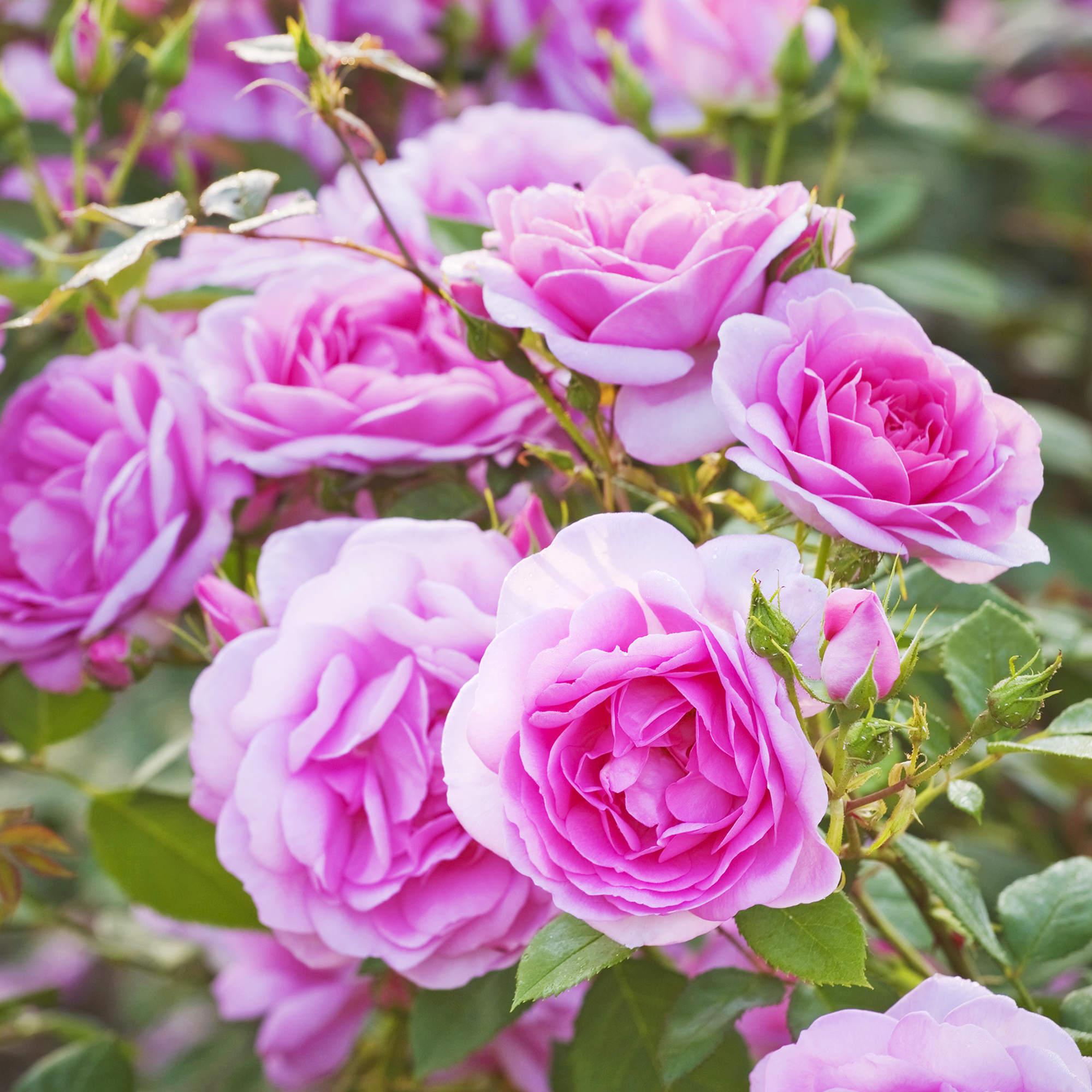How To Climb Roses Up The Walls Of Your House For A Glorious Floral Display – Plus The Best Varieties To Grow
Training climbing and rambling roses to grow against your home's facade makes a stunning natural feature and boosts curb appeal. Discover how to get it right.
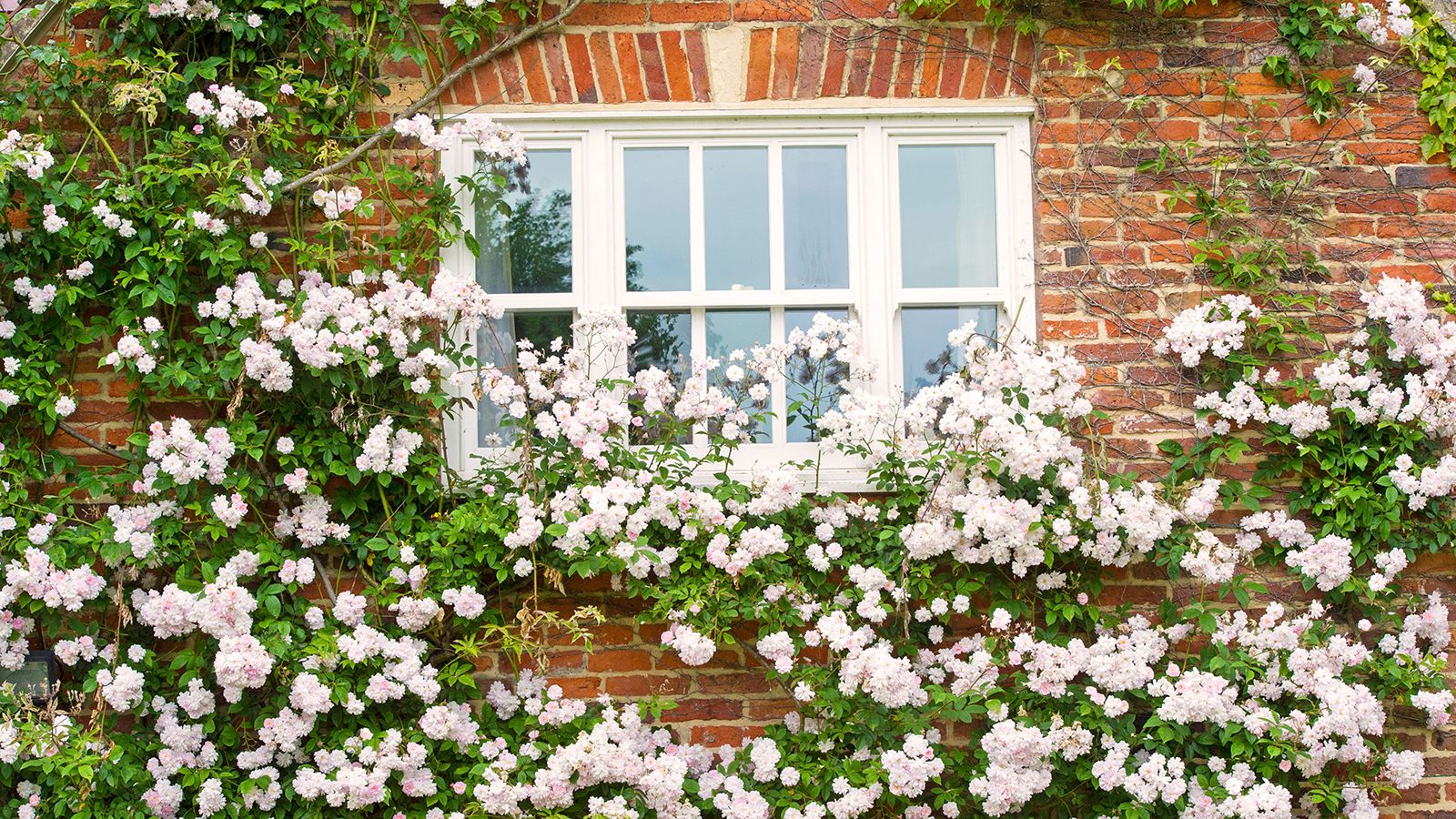

Training beautiful roses to climb up the front of your home lends a romantic, nostalgic feel and is a great way to add curb appeal. However, achieving the look you want is not always straightforward.
These classic flowers come in endless different varieties, colors, bloom types, and even growth habits. Climbing roses are the obvious choice for covering a facade, but vigorous rambling roses make up the other main types of roses suitable for training to climb a trellis or alternative support structure.
Whether you're just learning how to grow roses or are a seasoned grower looking to take things to the next level, follow these expert tips to enjoy a gorgeous, aromatic floral display.
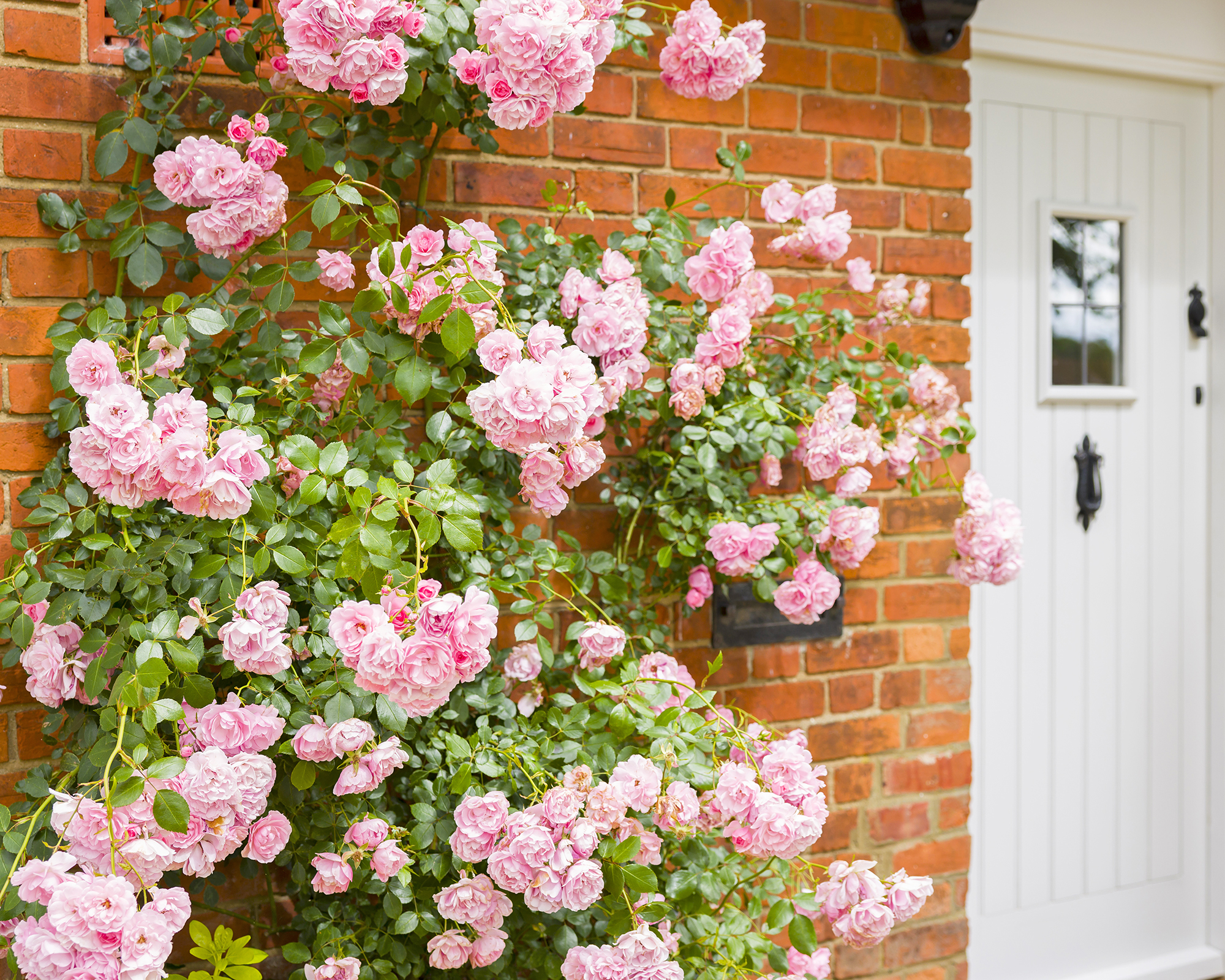
Rambling Or Climbing Roses?
First, it’s important to choose the right rose for the job. The most commonly used roses in gardening today are hybrids, which have a shrub or bush growth habit.
For training up the front of your house, you need a climbing or rambling rose variety. Both produce long canes that will grow vertically on a support structure, but there are some key differences:
- Climbing roses are less vigorous growers but have large, single blooms, similar to popular tea hybrid roses. They will flower repeatedly if you take time to deadhead them. Flowers bloom on new wood and need more regular pruning and maintenance.
- Rambling roses grow more vigorously than climbers. Their flowers are smaller and grow in sprays. Ramblers typically only bloom once per season, but newer cultivars are changing this. Rambling rose canes are softer and more flexible than those of climbing roses. Flowers bloom on old wood.
Either type of rose is appropriate for training on a vertical surface. The choice of one or the other depends on your preference.
How To Plant A Rose Next To A Wall
Before you can train your rose to grow up the front of the house, you need to plant it. Planting a rose near a wall takes a little more consideration than in a bed.
Sign up for the Gardening Know How newsletter today and receive a free copy of our e-book "How to Grow Delicious Tomatoes".
Consider how much of the wall’s width you want the rose to cover and the spread of the rose variety you have chosen. Plant the rose right in the middle of this area of coverage, about eight inches (20cm) from the wall.
Where there is hardscaping close to walls, such as gravel, ideally this should be removed as it can be a heat trap – especially in hot climates.
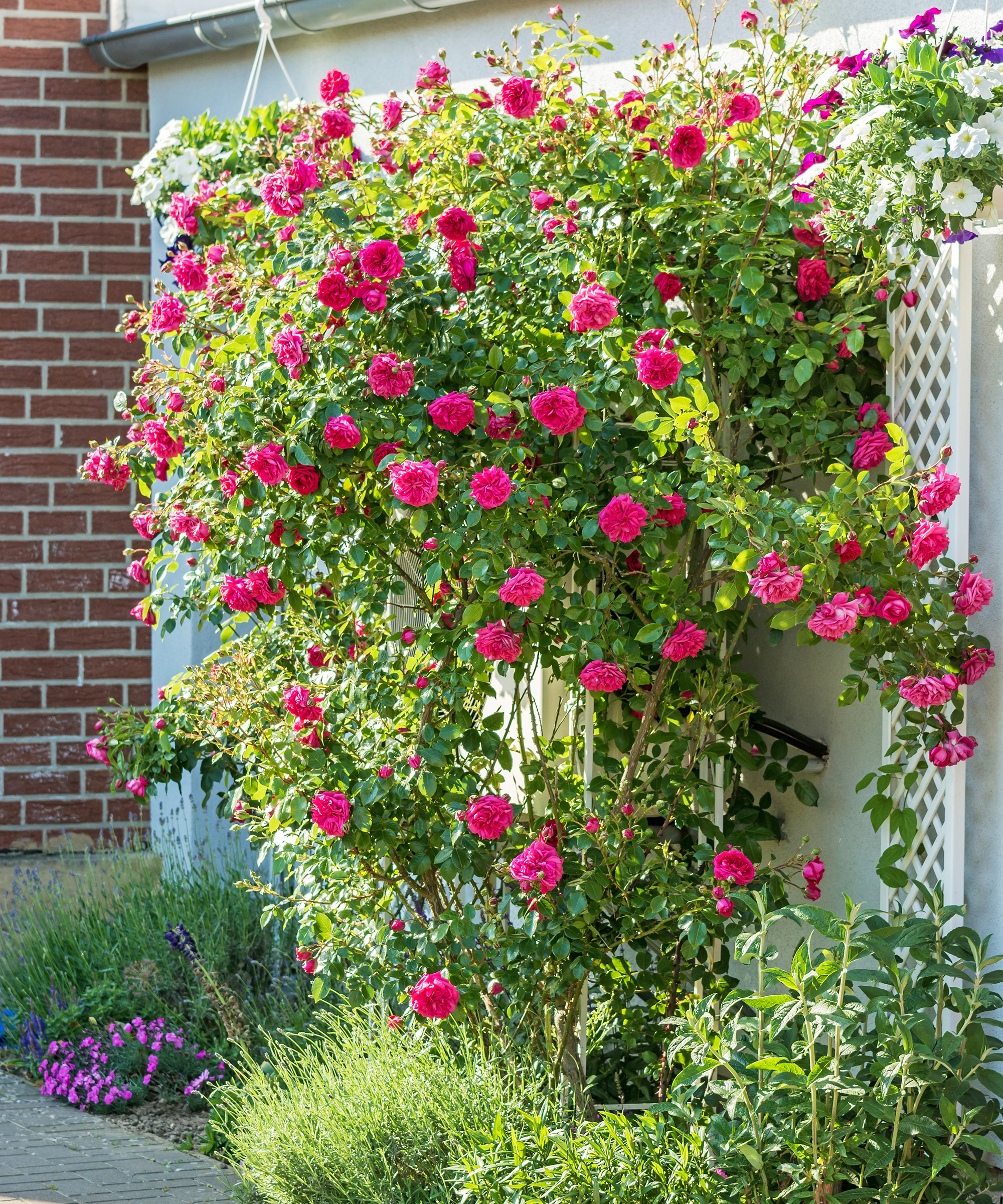
Providing Support
Unlike some vining plants – English ivy, for instance – roses cannot cling to a wall on their own. They require some type of support that you will train the rose to.
You’ll need to attach something to the wall that you can tie the rose stems to. This could be a trellis or lengths of horizontal wire spaced approximately every 18 inches (46cm).
Attach the trellis or wire to the wall using wood or masonry screws, depending on your home’s construction materials. Alternatively, you can sink a trellis into the ground, but this might not be as stable as needed as the rose gets larger.
If you have pillars in front of the house, you could train the rose to these instead of the wall.
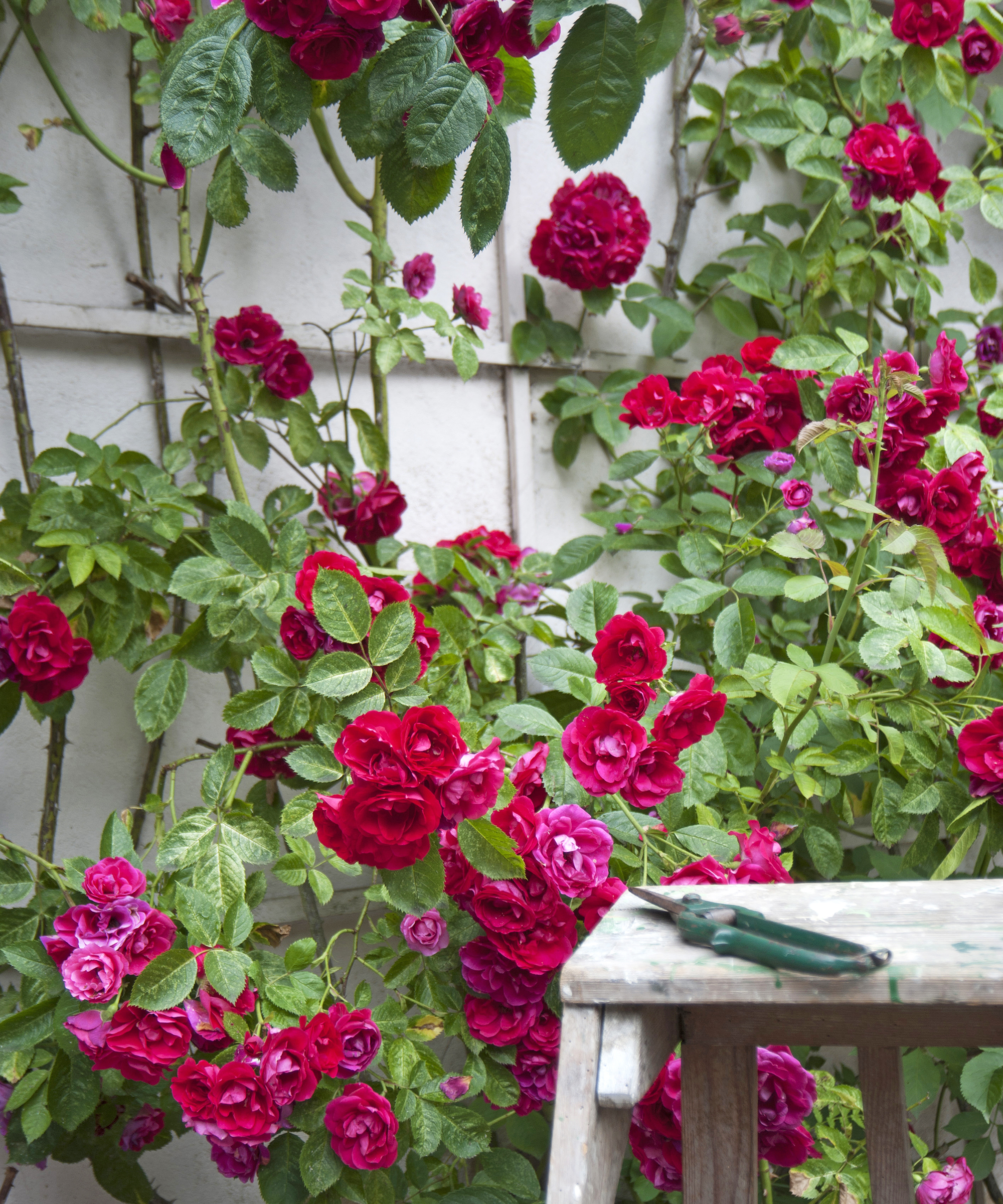
Tying in the Rose
Once your rose is in the ground and you have a support in place, you can tie the rose’s stems to it.
- Use plant tape or garden twine to secure the rose’s branches to the support.
- Spread the branches out as symmetrically as possible. Bend the lowest branches outward and secure them horizontally so you get good coverage from the bottom of the wall all the way up.
- As new canes grow each year, secure them to the support in a way that spreads the plant out to cover the available space and encourage lateral growth.
- As the rose grows larger and stronger, you may be able to remove some of the ties holding it in place.
Best Rose Varieties To Train On The Front Of Your House
Any climbing or rambling rose is a suitable choice for training up the front of your house. View our recommended roses in the Gardening Know How Shop. These are some notable varieties to consider:
- 'America': This is a standout variety with fully double blooms in a deep pink hue mixed with touches of salmon and coral. The flowers are delightfully fragrant, and the plant quickly reaches heights of 10 to 12 feet.
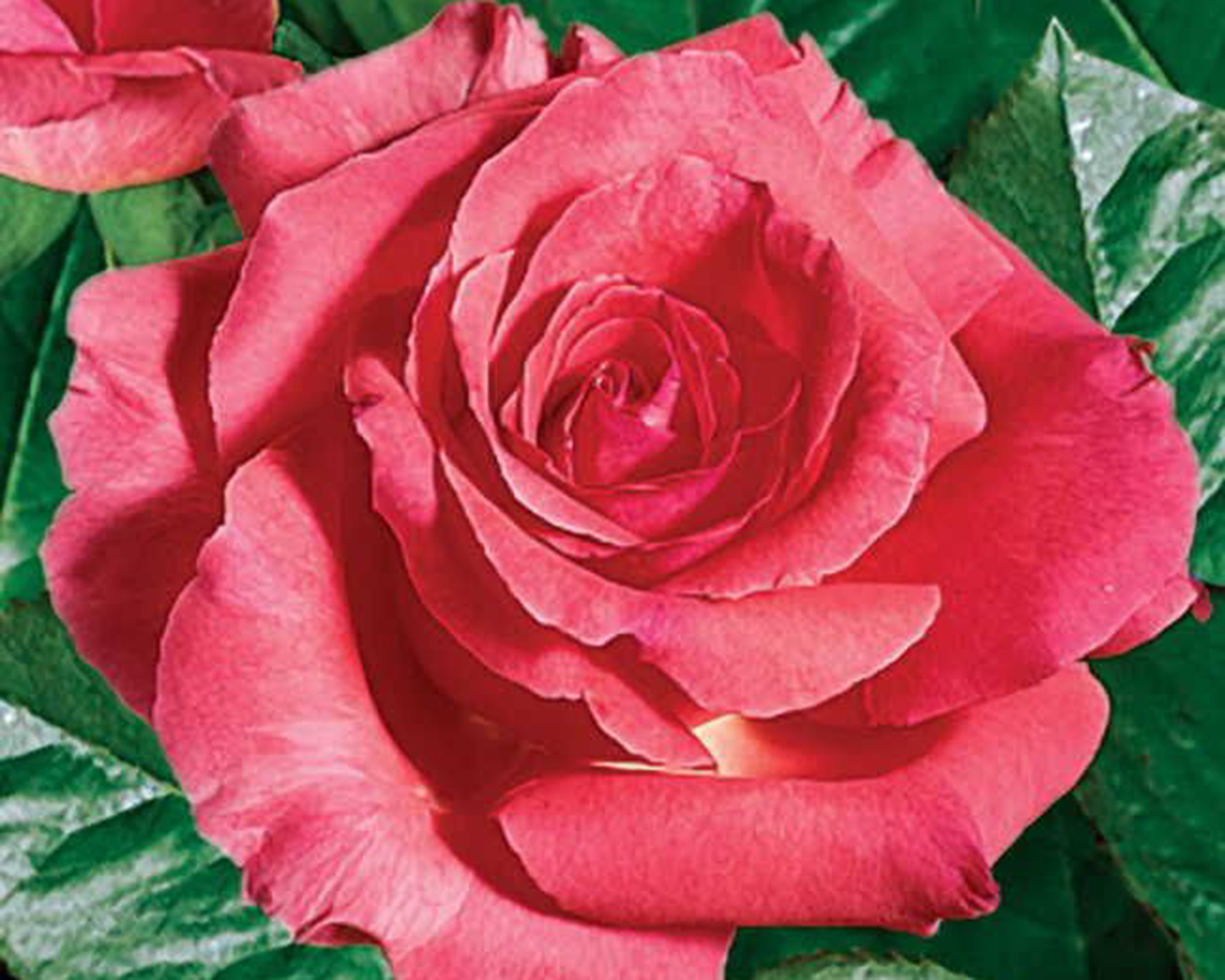
- ‘Crimson Glory’: This hybrid tea climber provides a classic deep red rose shade set against dark green foliage. The flowers are large and have a strong fragrance.
- ‘Etoile de Hollande’: This variety grows vigorously for a climber and produces deep, dark pink flowers with a rich fragrance.
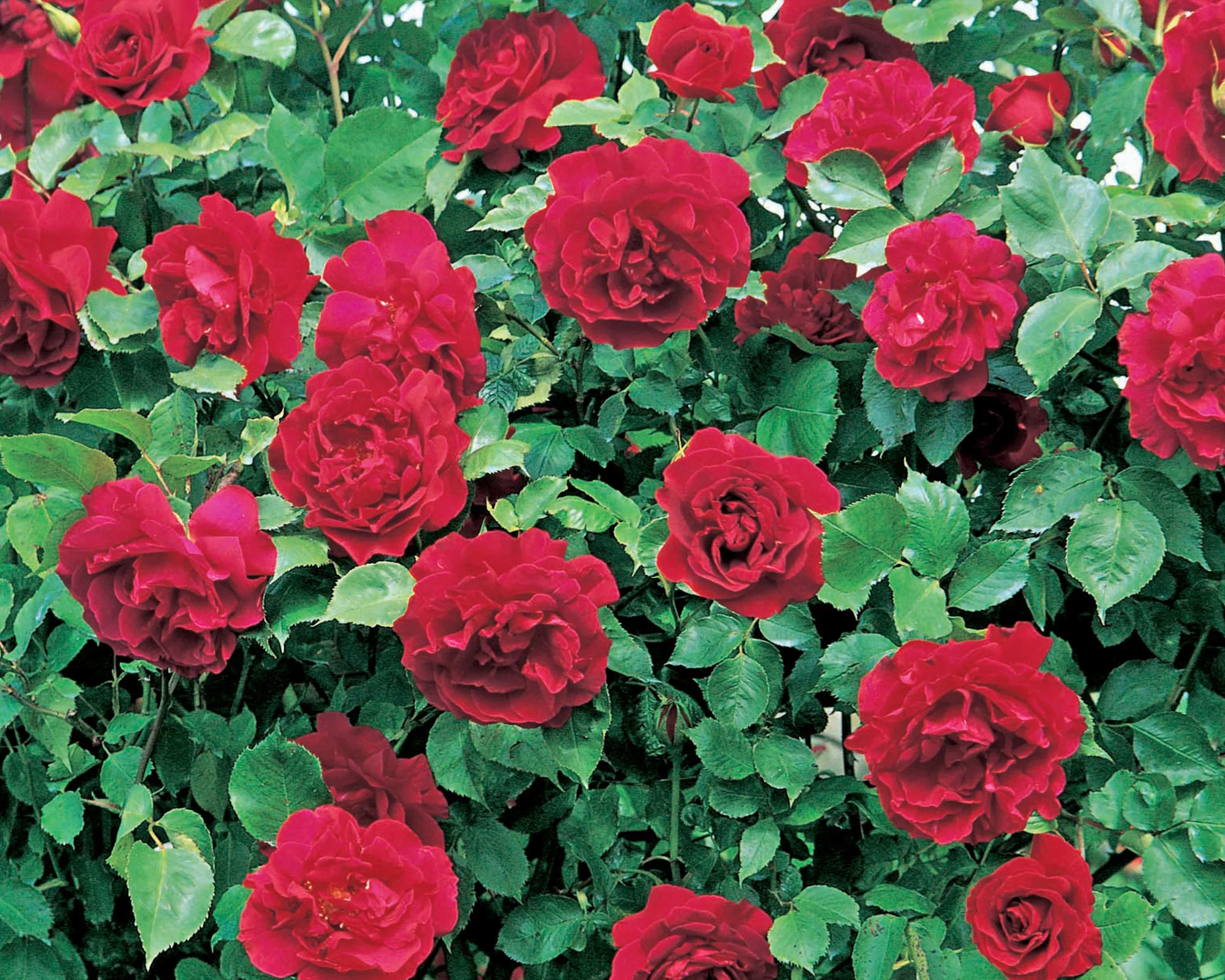
- ‘Sally Holms’: This is an award-winning climber with pure white flowers. It has good disease resistance.
- ‘Golden Gate’: Blooms from summer into fall with cheerful yellow flowers that give off a lovely fragrance.
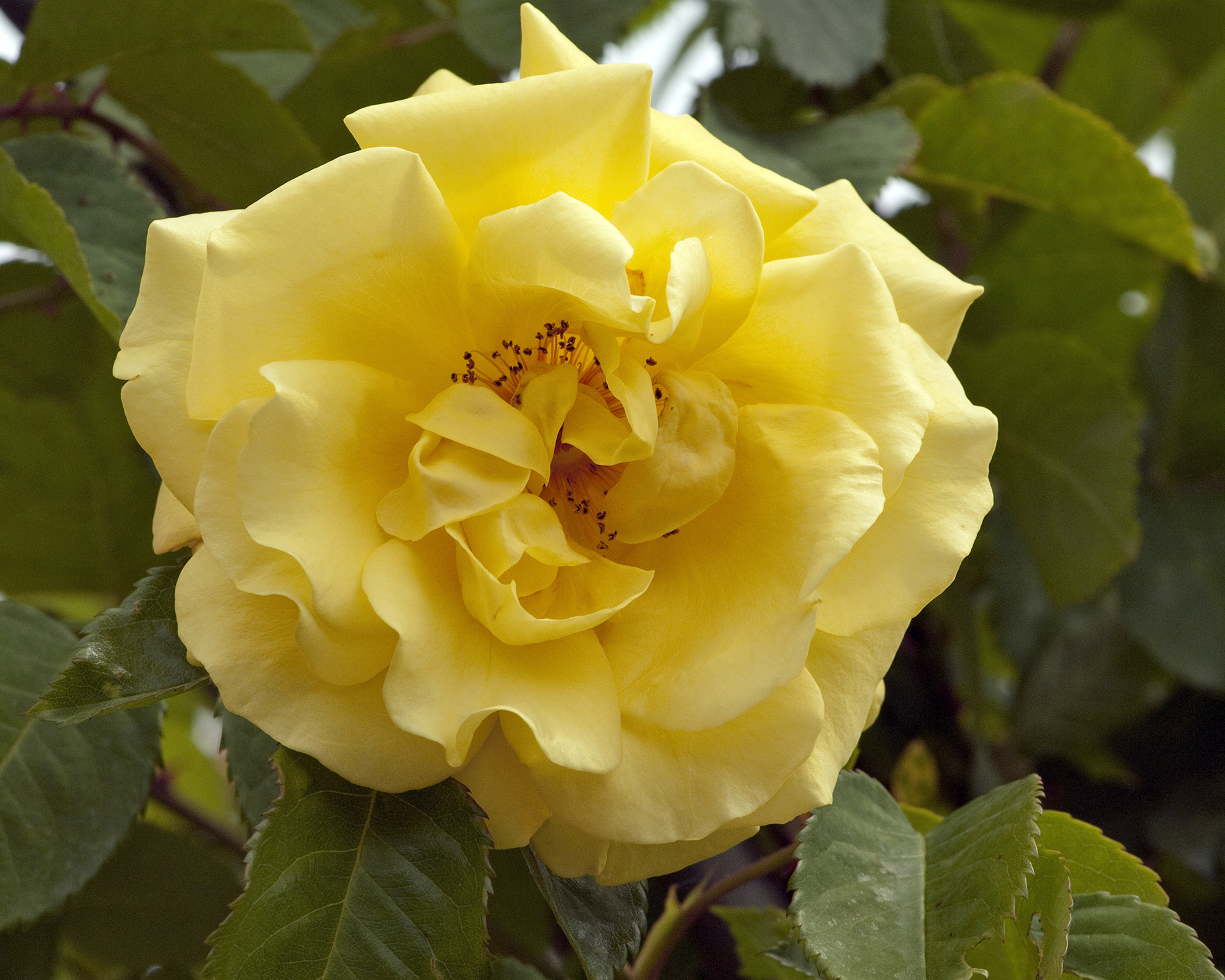
- 'Blaze Of Glory': This chameleon plant offers a spectacle of shifting shades. Under different lighting, blooms can flaunt a deep orange with pink undertones or take on the juicy appearance of a watermelon slice.
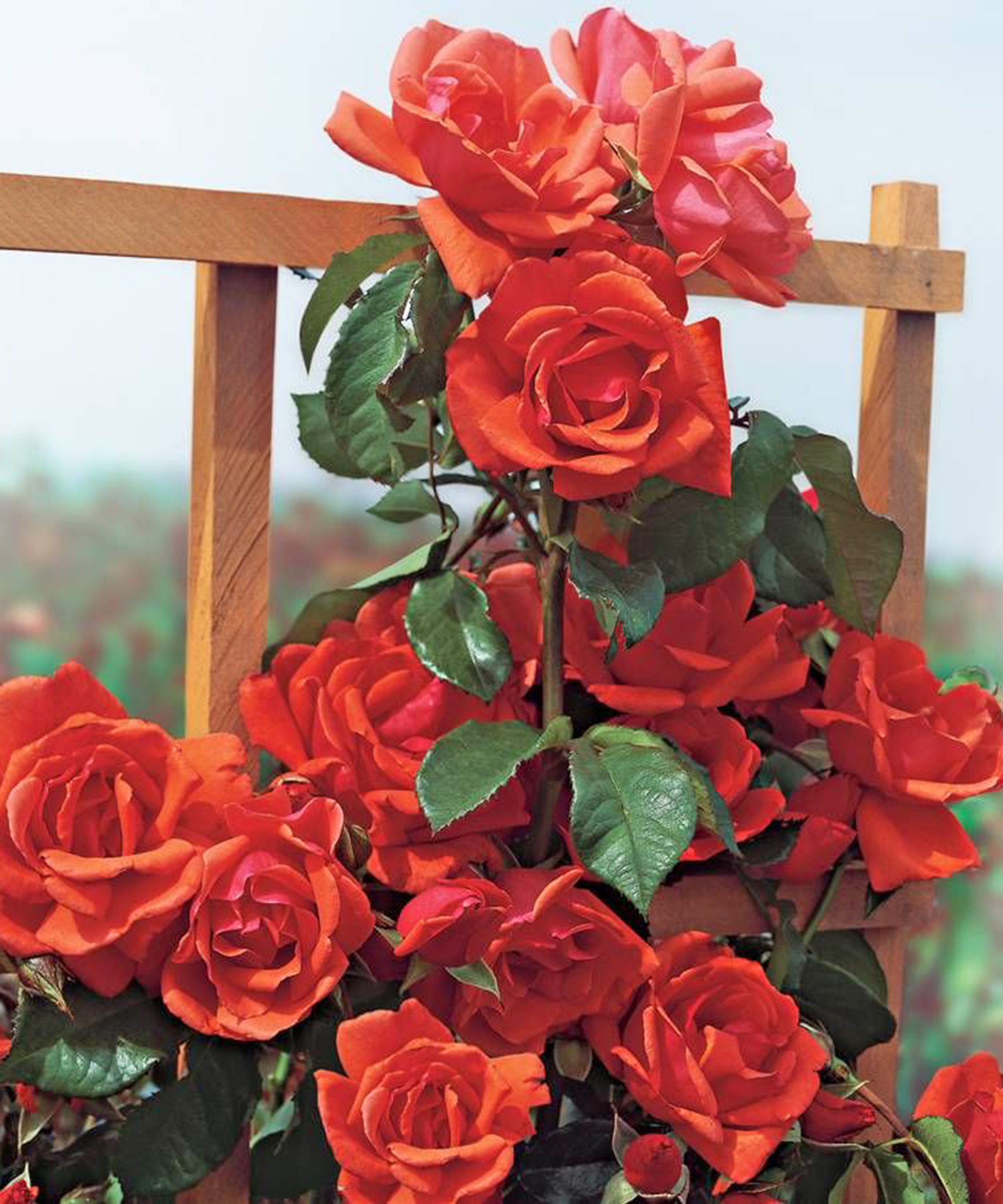
- ‘Open Arms’: Another continuous bloomer, this is a smaller variety suitable for shorter vertical spaces. It has single-petalled, light pink flowers.
- ‘Malvern Hills’: This is a newer cultivar rambler that offers small, soft yellow flowers that bloom continuously from summer into fall.
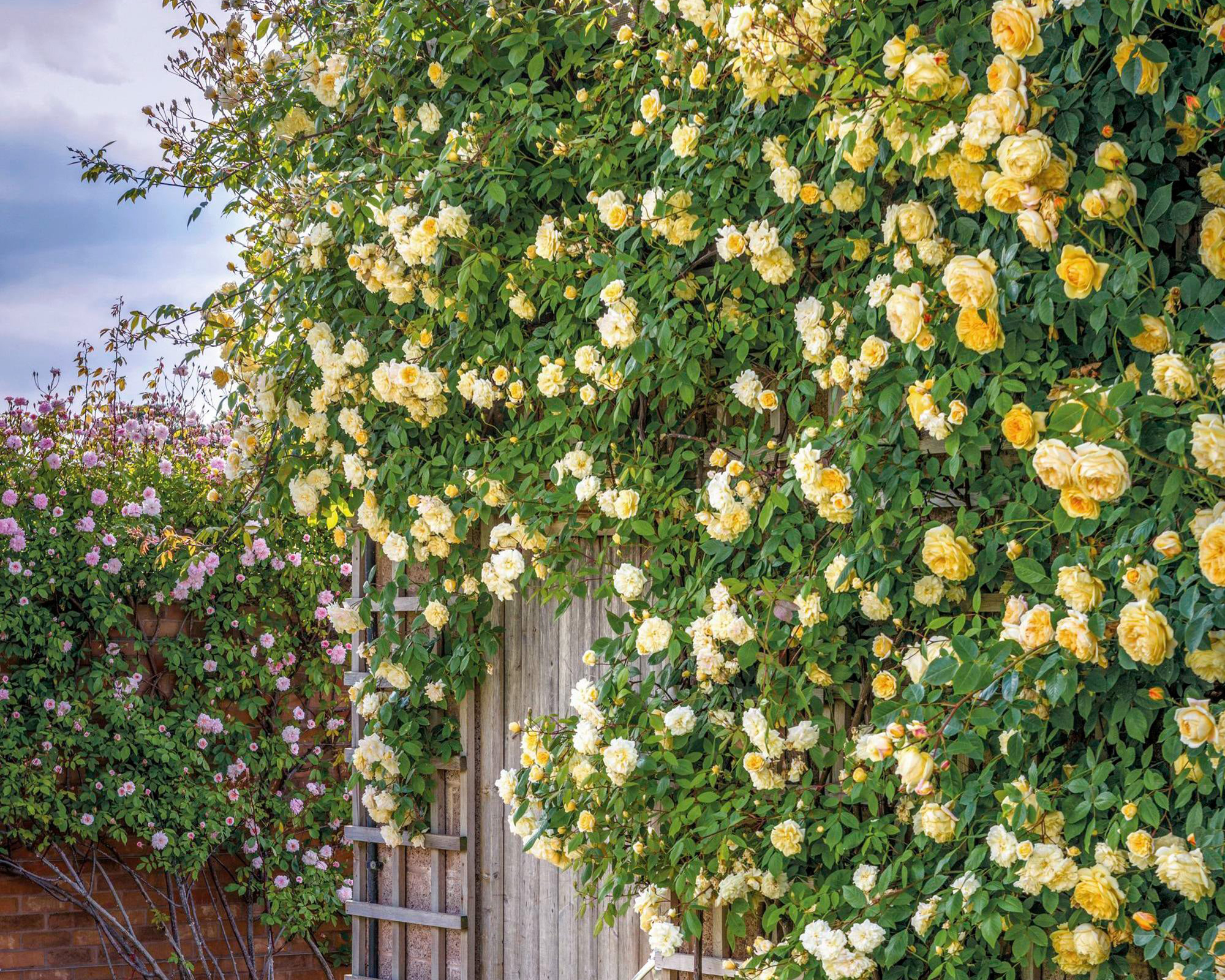
- ‘Adelaide d’Orleans’: A classic rambler with excellent disease resistance and abundant small white blooms that flower once in late spring or early summer.
- ‘Paul’s Himalayan Musk’: This is a good choice for a rambler if you have a large area to cover. It is one of the largest and most vigorous varieties that blooms with light pink flowers.
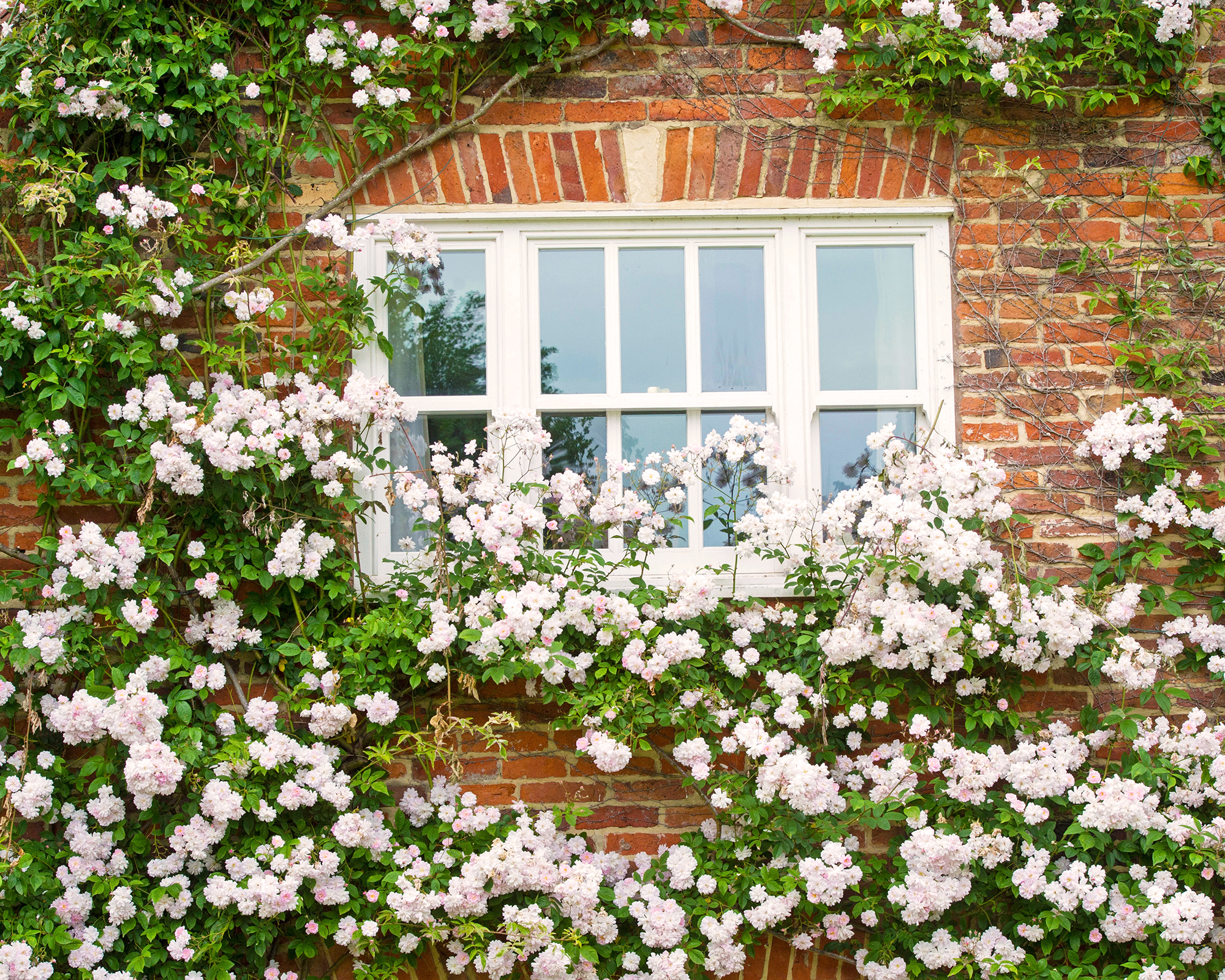
Training a climbing or rambling rose to your house requires some effort and patience, but the striking results are well worth the work you put in.

Mary Ellen Ellis has been gardening for over 20 years. With degrees in Chemistry and Biology, Mary Ellen's specialties are flowers, native plants, and herbs.
